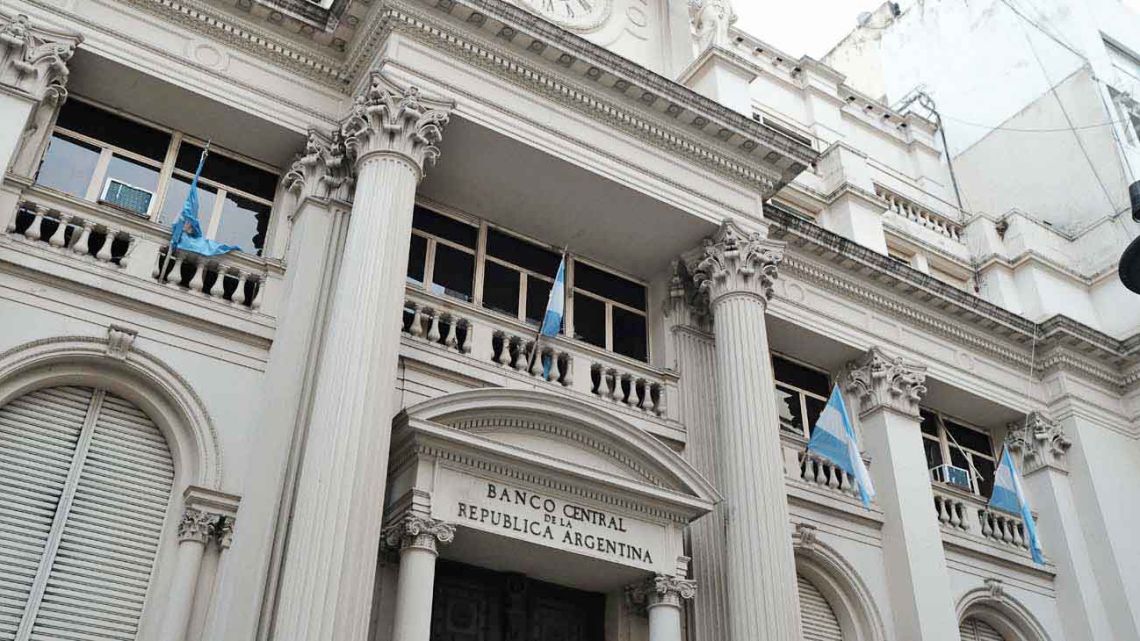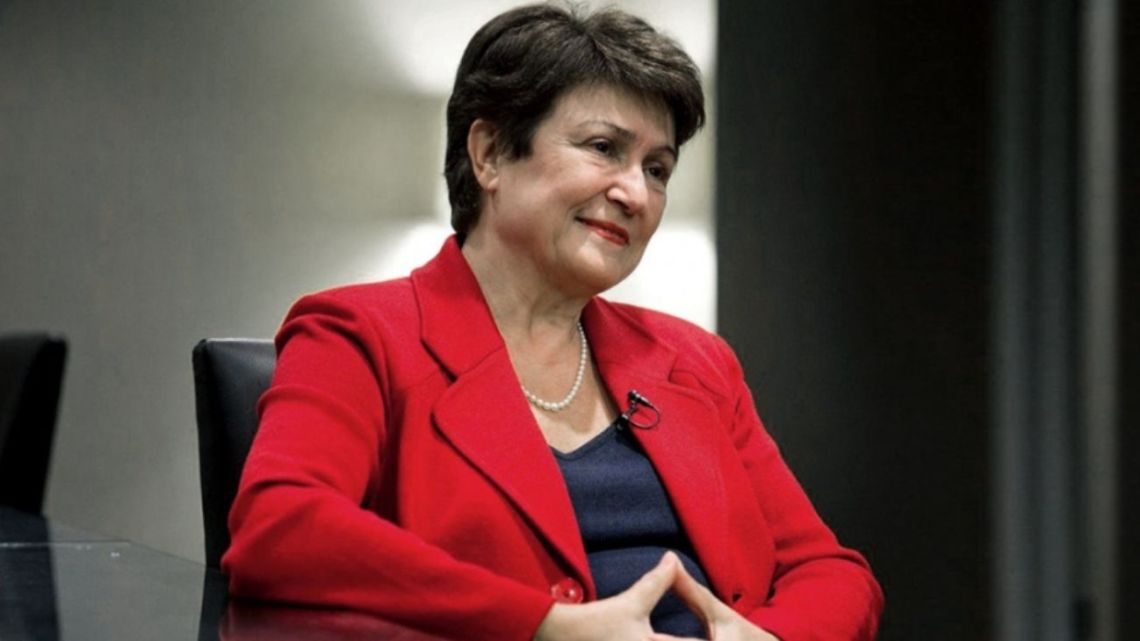The drain on reserves during the summer leaves the Central Bank (BCRA) scam net reserves just over $2 billionone of the lowest levels during the administration of Alberto Fernández, which made it impossible to meet one of the goals of the first quarter with the International Monetary Fund (IMF) and forced the plan review. But there will be another fight in the background: a constant tension in the electoral year due to the devaluation pressures that the market wants to impose on minister Sergio Massa. This scenario will collide with the official intention of continuing with the administration of the exchange rate, without a sudden jump in its depreciation, despite the lower conditions for intervening in the price.
The impossibility of the Central to contain the dollars that enter the country, before the growing demand of the market and payments of external debt, ended that in January 3,180 million have escaped. But so far in February that figure has increased to 2,417 million dollars, according to a calculation made by the consultant go green. The most worrying thing is the net reserves that, at the end of February, are around 2,251 million dollarswell below the 8,929 million dollars that the BCRA had on the last day of 2022, according to that same analysis.
The associate director of go greenSebastián Menescaldi, outlined a complex scenario for the Government, in terms of reserves, because “a sharp fall in external sales is expected with the fall in current production, which implies a lower foreign exchange income and the need for a strong adjustment of the external sector”. “Part of this adjustment will be due to lower imports of energy inputs, but the rest will be via smaller amounts due to the greater operational restriction, which began to be seen since last year. That complicates everything for this year and, maintaining the level of last year, it would be positive, ”he said, consulted by PROFILE.
Relief for the Government: the IMF will make the reserve accumulation targets more flexible
He collapse of exports It was verified in January, when the trade balance “was negative and bordered on 500 million dollars, positioning itself as the worst start in five years.” “The commercial red was explained to a greater extent by the lackluster performance of exports (-12% year-on-year, 4,900 million dollars), whose collapse was exclusively due to the lower volumes sent abroad (-13% year-on-year). Foreign sales were mainly affected by the impact of the drought on wheat production, which has its peak export season during the summer,” highlighted a report from ecolatin
Consulted by this means, Sebastián Manoukian, Head of Research at ecolatin, agreed that “net reserves, under the IMF methodology, are showing a fall of more than 5,000 million dollars so far this year”, and calculated: “considering the net inflow of SDRs that will take place in March due to the meeting the goals for the fourth quarter of 2022, we estimated that the BCRA would have to buy close to 3,000 million dollars until March 31 if it wanted to meet the goal of accumulation of reserves for the first quarter, of 7,800 million dollars”. What happened a year ago? In March 2022, the BCRA had bought 275 million dollars, while since 2012, considering only stock years, the balance averaged 500 million dollars and never exceeded 1,500 million. With the new terms of the deal, that goal is history.
IMF, yes. Devaluation, right?
The changes in the agreement with the IMF they will seek to oxygenate the national accounts and will have as their origin, mainly, exogenous and internal conditions: war, slowdown in world activity, drought and frost, are some of the reasons. However, the net financing agreed with the Fund will be negative, unlike 2018 and last year. Therefore, the income of foreign currency through the financial account and energy savings, with the start-up of the Néstor Kirchner gas pipeline will be key.
Around the financial account, the World Bank happened to Massa two new financings for Argentina: 300 million dollars “destined to reduce dropout rates both in secondary school and at the higher level”, and another 150 million dollars to “support planned urban growth that allows more inclusive access to housing ”. This implies less issuance for fiscal spending.
Market analysts put another point as “challenging” to the Massa model: the premature year an exchange rate front with greater difficulties than in 2022, stressing the Government’s strategy of sustaining the crawling peg and avoiding an abrupt jump in the exchange rate.
The reserves of the Central Bank fell almost US$ 300 million due to energy imports
Unlike the past two years, today we have international prices that are not going to compensate for the lower volumes of agricultural harvests, as a result of the drought and the frosts, which will leave a lower income of foreign exchange in the main channel of generation of foreign currency by the commercial side of Argentina, which finances the rest of the sectors of the economy, which tend to be in deficit On the other hand, the advance in the sales of the soybean complex that produced the dollar-soybean 2.0 ate products to sell in the first quarter, and the necessary incentives to retain the liquidation pending a new edition. And then, by not making the exchange rate adjustment, the government will live with a level of exchange rate gap in the real exchange rate that will continue to generate excess currency in the market in the coming months,” Manoukian predicted.
The economists consulted anticipated that, in the absence of elimination of the official exchange rate, the pace of managed devaluation will be more in line with inflation, in order to avoid a greater exchange rate appreciation, which will generate tension between the crawling peg and the delay shown by the official exchange rate, in a framework of less influence of commercial currencies. This combo will constantly renew efforts to obtain resources from the financial account side and, at the same time, will seek to limit the excess demand for foreign currency. Where will it be? Through greater restrictions on imports or the implementation of the new dollar-soybean, among other tools.
AS ZIP
You may also like




